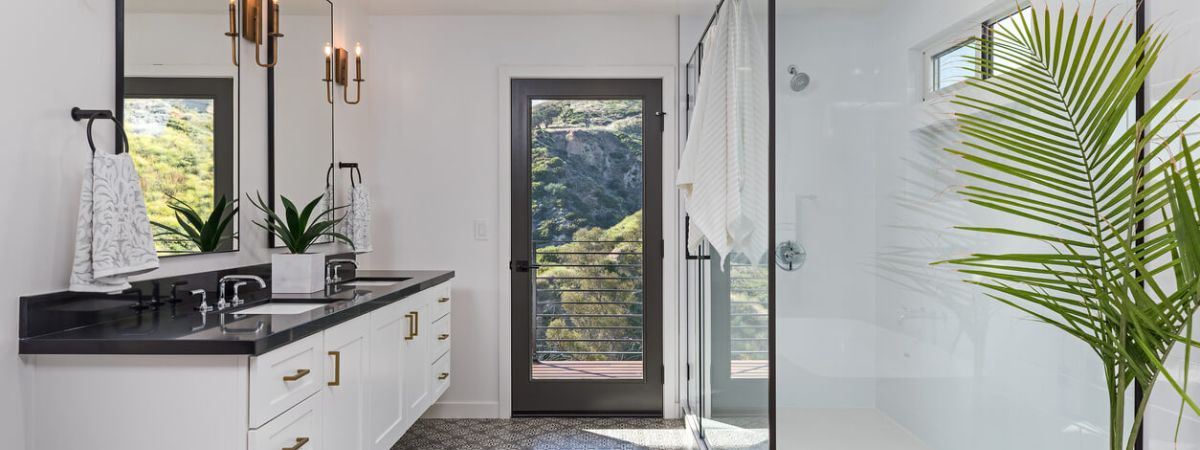
Living in comfort without exploding your bills, we all dream about it, especially when the cold season is approaching. However, sometimes it only takes a few simple gestures or suitable technical solutions to put your meter under control. Discover some tips to control your energy consumption.
Control Temperatures

Heating corresponds to 62% of the energy consumption of a home. A good reason to start by mastering this position. The first precaution is to install a thermostat.
ADEME (Agency for the Environment and Energy Management ) recommends:
- 19 ° C in living rooms
- 16 ° C in the rooms
- 17 ° C in the bathroom; 22 ° C when used
- 16 ° C for unused parts or even 12 ° C in the event of prolonged absence
And each degree counts since 1 ° C less represents a 7% reduction in consumption per year!
And if you install a connected thermostat, you will be able to control the temperature of your interior from your smartphone. You will be able to follow and control your consumption in real-time.
Heat The Water, But Not Too Much

The water heater often heats too much! A temperature between 55 ° C and 60 ° C avoids the risk of burns and saves you energy.
Just set this temperature on the water heater and voila.
Likewise, installing a thermostatic mixing valve or tap allows you to avoid consuming hot water during the time you set the temperature, for dishes, baths or showers.
Year-round, this represents a good amount of water and energy saved.
Set Your Fridges And Freezers To The Right Temperature

Cold appliances such as the freezer or the refrigerator are responsible for 25% of energy consumption! The right temperature for the refrigerator is 4 ° C in the upper floor.
No need to cool more or risk consuming more without keeping better. So check regularly that the fridge is at the right temperature. If you can keep it away from heat sources (oven, electric hob, radiator), you will make it easier.
Finally, concerning the freezer, regularly practice a defrost. Indeed, 1 mm of frost represents 10% more energy consumed.
Switch Your Appliance To Eco Mode

Household appliances now have energy labels that allow you to know their energy performance. Bet on the devices classified A which are the most economical. Small precision, the progress made means that there is now A +, A ++ and A +++ devices with very uneven performance (an A +++ device consumes half as much as an A + device).
ADEME plans to change the categories in 2018 to return to classifications from A to G.
Similarly, some devices such as washing machines or dishwashers have ECO modes that you can choose for every day. They are obviously more economical in water and electricity than the other programs.
Streamline Your Lighting

There are two ways to reduce the impact of lighting on your bill. The first is to replace the bulbs one by one with economical versions: either compact fluorescent bulbs (efficiency 300 times greater than an incandescent bulb) or even better-LED bulbs (efficiency 400 times greater than an incandescent bulb), more expensive to buy but very energy efficient and therefore quickly profitable.
The second option is to control your lighting by centralizing the controls. No more lights on for nothing! There are home automation boxes that allow you to fully control your ceiling lights or lamps from the central panel. You can even organize the lighting according to different scenarios such as “day week” where everything is off, “day weekend winter”, where the house lights up for example at 4 p.m. in the living rooms. You choose.
If your house is not equipped with such a table, everything is possible. Just plug your lamps into connected sockets, which you will control from your smartphone or tablet.
Unplug Devices From Standby

Standby devices are really energy consumed for nothing, without any service rendered. To make it easier for you to quickly switch off devices on standby, connect them to multiple sockets with switches.
When everyone goes to bed, you cut the TV, the box, the speaker at the same time. Another option: the standby switch. When you turn off the device, it blocks the flow of current.
Also, remember to unplug the chargers when you are not charging any device as they consume as soon as they are connected.
Connect Your Entire Installation

To control heating and lights from your smartphone, simply group all the connected objects (bulbs, thermostats, sockets, etc.) in your house in a single application. This is what the Enki application allows. So, from your smartphone and even when you are not at home, you can turn off a forgotten light, start the heating before returning, or even close the shutters to keep the heat inside.
You see your consumption in real-time. You can also compose your scenarios according to your habits. An example? The scenario “morning week” turns on the towel dryer at 6:45 am as well as the bedroom lights, while the kitchen radiator heats up slowly. At 9 a.m., all the lamps go out and the temperatures drop to 16 ° C when everyone is gone.
Not only do you no longer have anything to manage since everything is done automatically, but you can also monitor your consumption via precise histories. I promise you will see the savings!